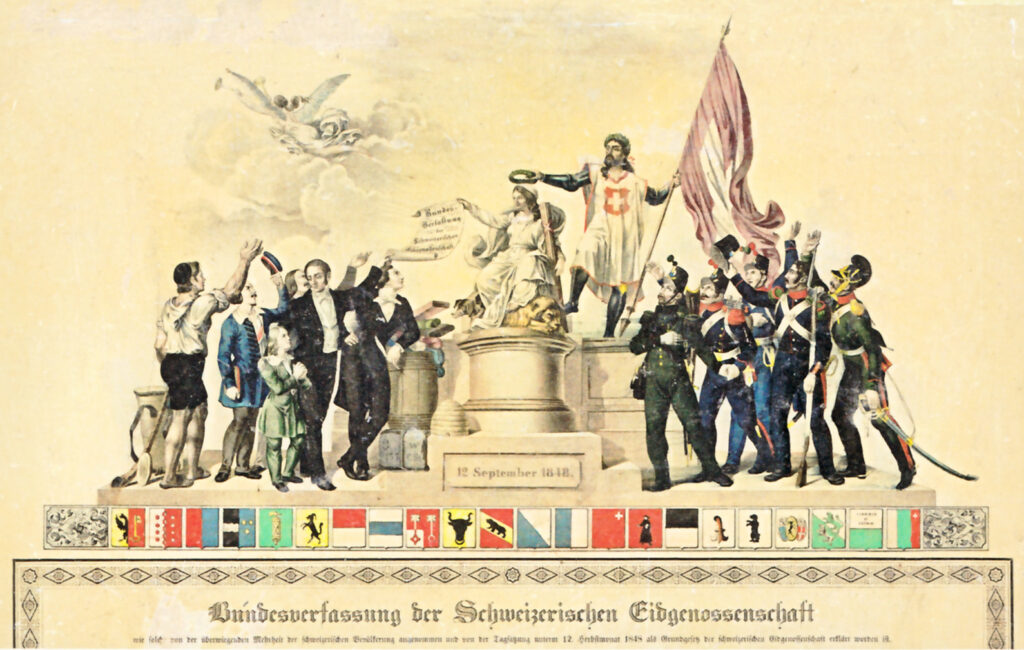The Presidency of the Helvetic Confederation from 1848 to the present day
Brief history of the highest office under the Swiss Federal Constitution, awarded from time to time to the most senior Councilor and for a single year only…
The presidency of the Swiss Confederation has a diverse and varied history.
If in the first decades of the existence of the Swiss Confederate State this office was considered as recognition, since the last decade of the nineteenth century the principle of rotation was introduced.
Switzerland and the “fantastic four” of direct democracy
The ethics of competitiveness and the spirit of federalism
Waldstätte and the “forest” cantons at the dawn of Swiss…
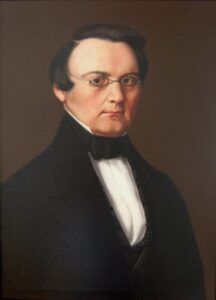
Concentration of power is to be avoided

The fathers of the constitution are described in the Historical Dictionary of Switzerland as outstanding, pragmatic and open to compromise members of the government.
They did not like to procrastinate: in the spring of 1848, with the help of a favourable political climate, they set to work at full speed and within a few weeks drew up the first constitution of the Federal State.
Determined to prevent the concentration of power in a few hands, especially the executive power in the hands of a single person, they established the Presidency of the Confederation, but limited the duration of the office to one year.
Karl Schenk and Emil Welti are the recordmen
The Zurich liberal Jonas Furrer was the first President of the Confederation and served in this capacity in 1848 and 1849.

In the course of the 19th century, it was mainly influential people who were elected to the office of Federal Councillor. For example, Karl Schenk (Bern) and Emil Welti (Aargau) each served six terms in office, setting a record.
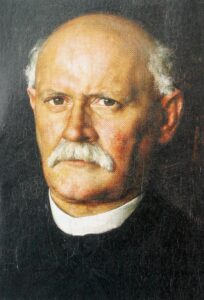
Both held their seats in government for a long time: Welti for 24 years and Schenk for 31, making the latter the longest-serving federal councillor in history.
The principle of rotation has existed since the 19th century
The principle of rotation, according to which the longest-serving federal councillor is elected vice-president and president of the Confederation the following year, was not introduced until the end of the 19th century.
Previously, the Federal Assembly elected to the office of president mainly particularly accredited federal councillors.
The less popular councillors had to be patient, as in the case of Willhelm Matthias Naeff from St. Gallen, who served for 27 years but was elected president only once (1853).
Swiss monuments? A “hidden” treasure to be valued…
Athenian democracy? Revive between Glarus and Appenzell…
The Europe of small States and a barely sketched federalism…
Those premature deaths of Ruffy and Hertenstein
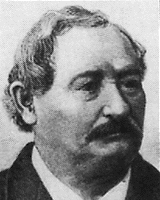
Twenty of the 116 federal councillors to date have never been elected to the presidency. It has happened only once that a president of the Confederation has not been able to take office: Victor Ruffy from Vaud had been elected president of the Confederation for 1870 but died on December 29, 1869.
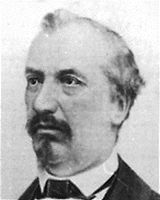
Never before has a federal president resigned; however, Wilhelm Hertenstein from Zurich died in 1888 during his presidential term.
For the eighth time a woman at the head of the country
To date, a woman has held the office of President of the Swiss Confederation eight times.
The first woman elected was Ruth Dreifuss, in 1999, followed by Micheline Calmy-Rey (2007 and 2011); Doris Leuthard (2010 and 2017), Eveline Widmer-Schlumpf (2012) and Simonetta Sommaruga (2015 and 2020).
Presidents of the Swiss Confederation from 1848 to the present day.
